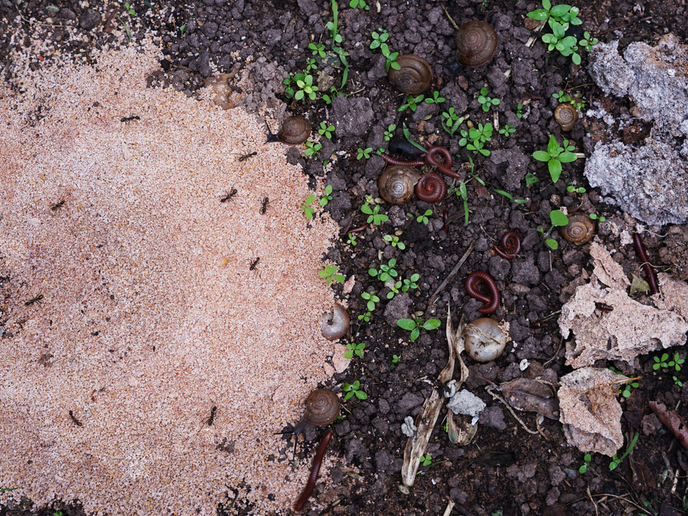What the food web can teach us about soils
Halting soil loss is becoming an urgent necessity. In Europe alone, poor land management practices account for an estimated 970 million tons of soil(opens in new window) lost to erosion each year. To develop efficient strategies for restoring degraded soils, we need to gain a better understanding of the links between soil structure, the communities of organisms living in it and the way they decompose organic matter. The AGG-REST-WEB (Let’s restore our soils: using the soil food web to engineer the soil structure and functioning) project, undertaken with the support of the Marie Skłodowska-Curie Actions programme, has provided new insights into the relationship between soil biodiversity and functioning. The team has been able to demonstrate that soil web consumer-food interactions have a deep impact on the soil’s physical properties which, in turn, determine access to food. “In a nutshell, who eats whom depends on who meets whom in the soil maze,” explains Amandine Erktan, Marie Skłodowska-Curie research fellow and the project’s lead researcher.
Adding diversity
The soil food web is the network of food chains linking the organisms living in the soil. To examine how these impact soil structure, the team conducted two experiments in which they studied different types of trophic interactions – feeding relationships – and their impact on the soil. “So far, the effect of soil organisms on soil physical structure had been mainly studied by looking at each group separately, for instance earthworms or fungi. This approach ignores potential interacting effects in real soils,” Erktan says. “We have shown that trophic interactions are important for soil aggregation, suggesting that stimulating the recolonisation of degraded soils by diverse communities from different parts of the food web could help to restore soil habitats.”
A feedback loop
While work initially focused on this aspect, Erktan soon came to realise that the relationship between the food web and soil structure might be a two-way street. “Bulk soil characteristics often fail to explain switches in the diet of soil animals. I had the idea that soil structure at the microscale could explain encounter probabilities between food resources and consumers,” she comments. Erktan completed a literature review to gather the available knowledge on this question. The exercise revealed that the soil’s physical structure appears to determine how organisms can sense and access food. While more research is required to fully understand these mechanisms, the strategic value of these insights is huge: “They open a new interdisciplinary research path combining soil food web ecology and physics.”
Carbon storage
Investigating these aspects further could also contribute to the fight against climate change. “Soil is a vast reservoir of carbon. Small changes in soil carbon content can have large effects on the global climate,” Erktan adds. The amount of carbon stored is not always proportionate to the organic matter added to the soil. While we do not yet have a full understanding of the storage mechanisms, Erktan believes the discrepancy might be linked to the role of soil structure in blocking consumers’ access to plant and animal debris. Analysing these patterns could provide us with a roadmap for adjusting them, she says: “It may help us better predict how changes in land management practices influence carbon storage.”







